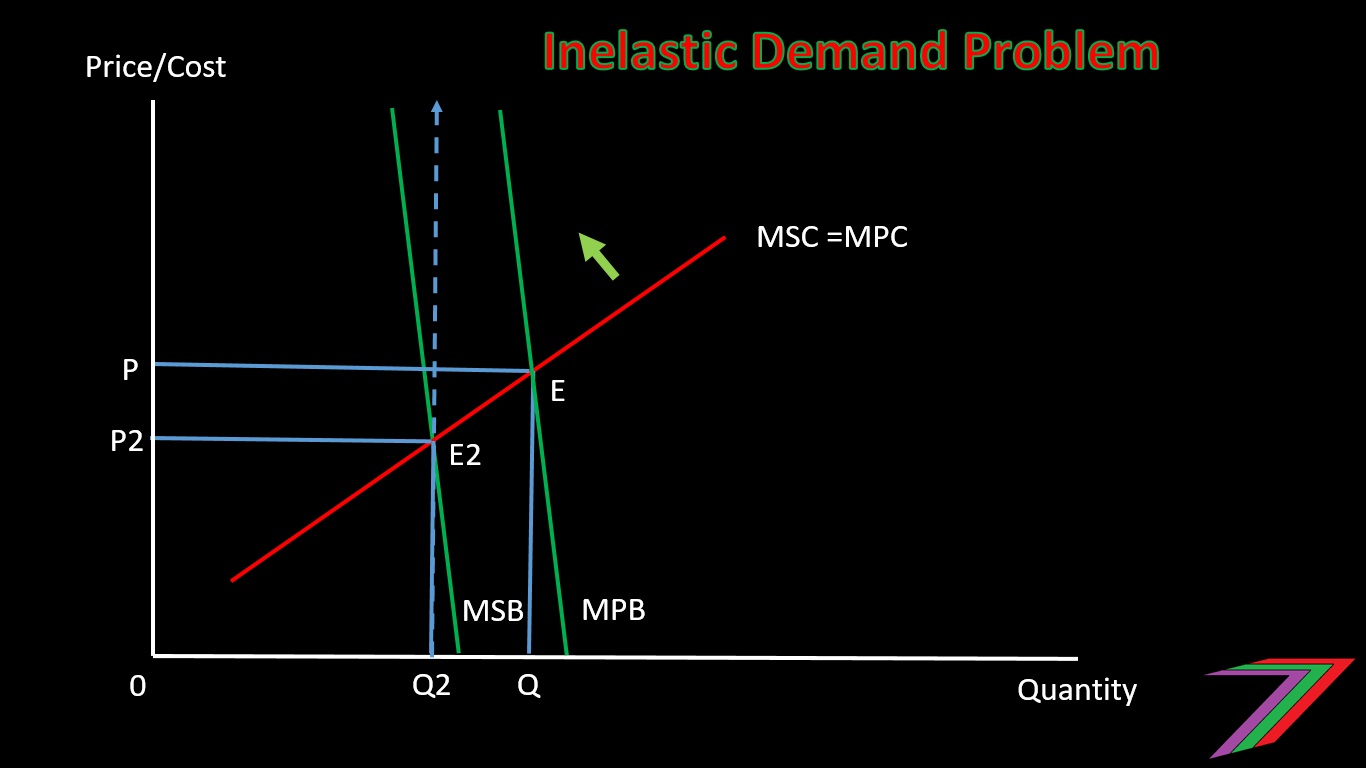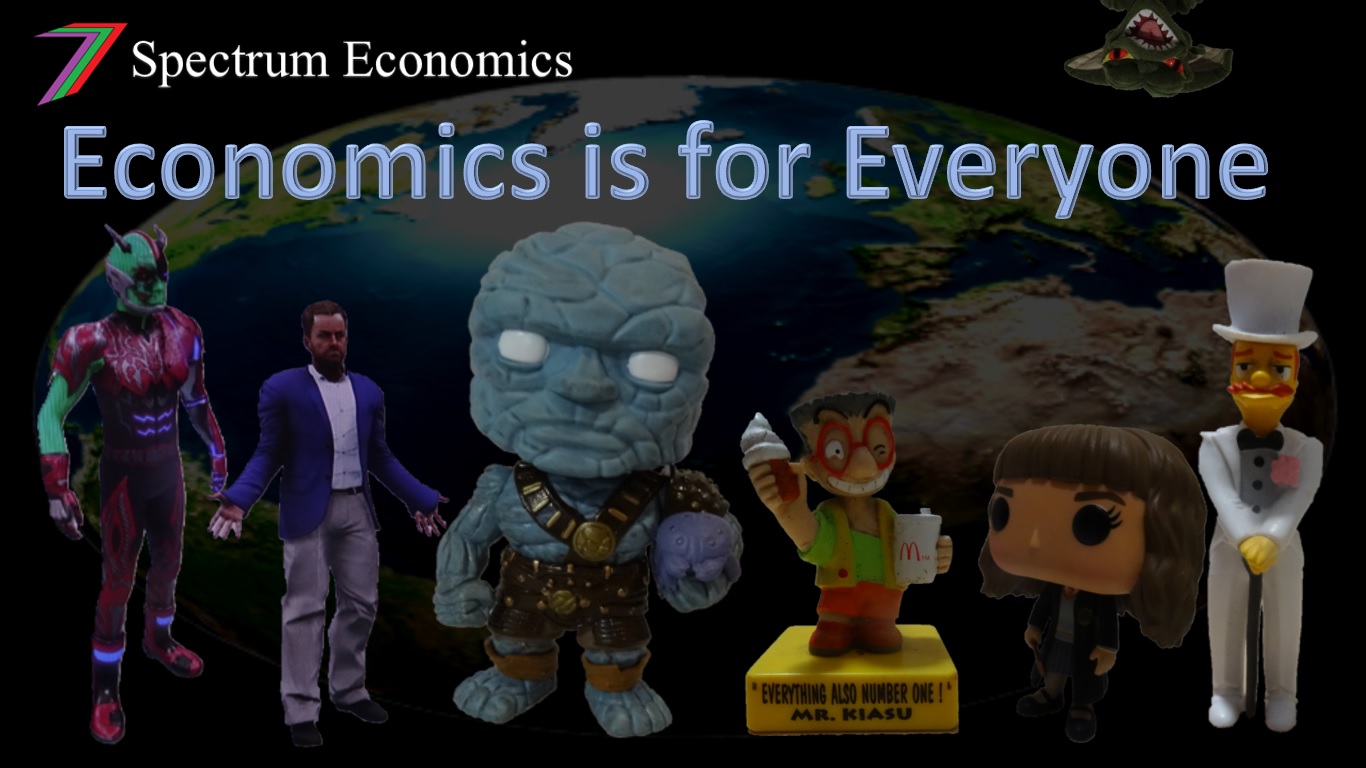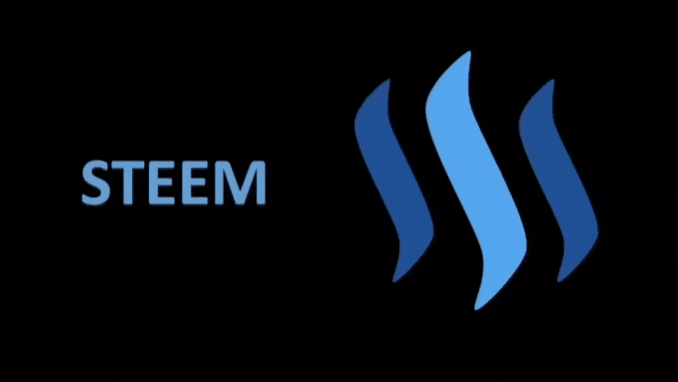Externalities Explained (Video)
10
About :
Hi Everyone,
This post contains a video which is a follow up to my written post Economic Concepts #11 - Externalities. I recommend that you read this post as well as watching the video. The written post lists examples of externalities, which are not covered in the video. Whereas the video, explains fewer examples but in more detail.
YouTube Version
Just in case, the 3Speak version becomes unavailable at some point. I have also uploaded the video to YouTube.
Definition of Externality
An externality is an economic term referring to a cost or benefit incurred or received by a third party. However, the third party has no control over the creation of that cost or benefit.
Source: Investopedia
Summary of video
This video explores both positive and negative externalities. The video looks at why goods that produce negative externalities are typically overproduced while goods that produce positive externalities are typically underproduced. The video also considers how negative externalities can be reduced and how positive externalities can be increased through various methods.

Externalities can be caused by both consumption and production. Negative externalities caused by production occur when costs of production are passed onto third parties. For example, a factory might pump dirty water into a river. The factory does not pay for the water pollution; instead, those using the water downstream pay or suffer the cost of the pollution. This could affect households, factories, and wildlife. Negative externalities caused by consumption occurs when consumption imposes a cost on those not directly consuming the good or service. For example, people at a party might be making a lot of noise and having fun. Other people living in the neighbourhood might prefer piece and quite. The noise from the party is a social cost to the neighbours. This cost tends to be higher at night.

The video considers the treatment of externalities. Can the market solve the problem of externalities or is Government intervention required? The video explains Coase Theorem. Coase Theorem is one of the most well-known explanations of how the market can possibly resolve the problem of externalities. However, for this solution to work, requires negotiation and agreement between all parties involved as well as sufficiently low transaction costs that do not offset the gain in capturing the value of the externality.

Another approach explained in the video is intervention by Government. This would involve taxing goods that produce negative externalities and subsidizing goods that produce positive negative externalities. A problem with all intervention methods is that many externalities cannot always be accurately captured or measured.

The video explains the impact of externalities through simple demand and supply graphs. These graphs are also available in the written post Economic Concepts #11 - Externalities. The video includes additional graphs explaining how, theoretically, intervention can result in optimal levels of production and consumption. The video also demonstrates graphically that intervention is likely to be ineffective if demand is inelastic.
More posts

If you want to read any of my other posts, you can click on the links below. These links will lead you to posts containing my collection of works. These posts will be updated frequently.
New Economics Udemy Course

I have launched my first Udemy course ‘Economics is for Everyone’. The course focuses on how economics affects everyday people, the decisions they make and how they interact with the world around them. The course contains 24 video lectures (about 4 hours of viewing), 64 multiple-choice questions (3 at the end of most lectures), 32 downloadable resources (presentation slides, additional notes and links to relevant Steem posts), and 2 scenario questions. The course is currently free-of-charge. Click the link above to access the course.




Steem - The Future of DApps

Tags :
Their limit for today is $0!
































Comments:
Reply:
To comment on this video please connect a HIVE account to your profile: Connect HIVE Account